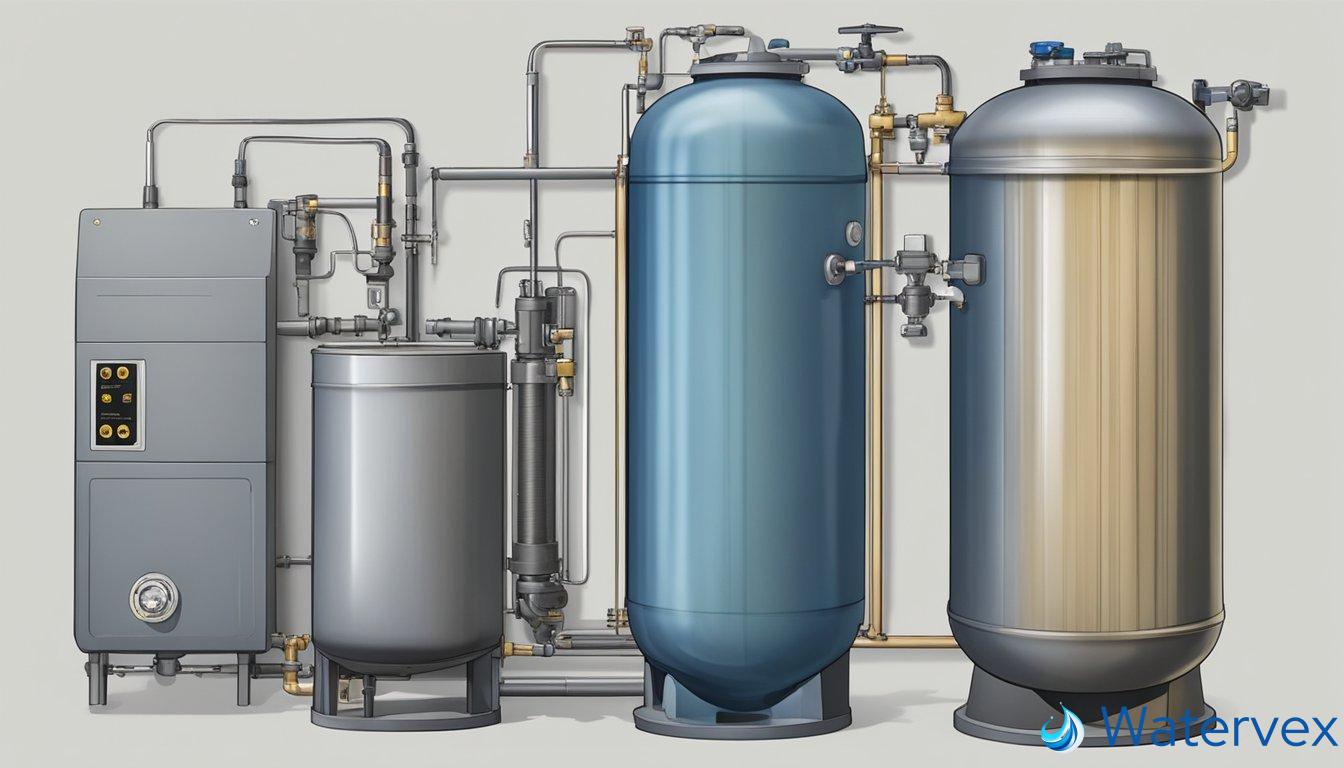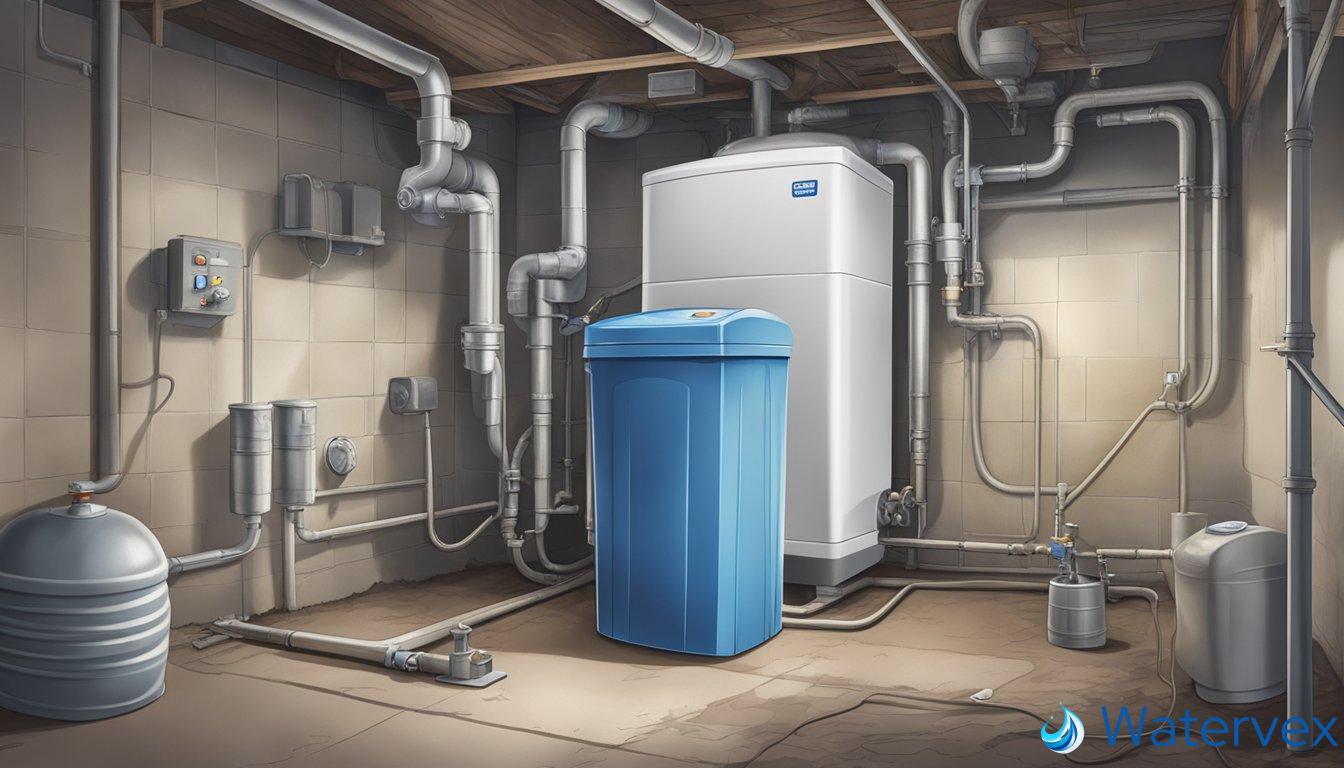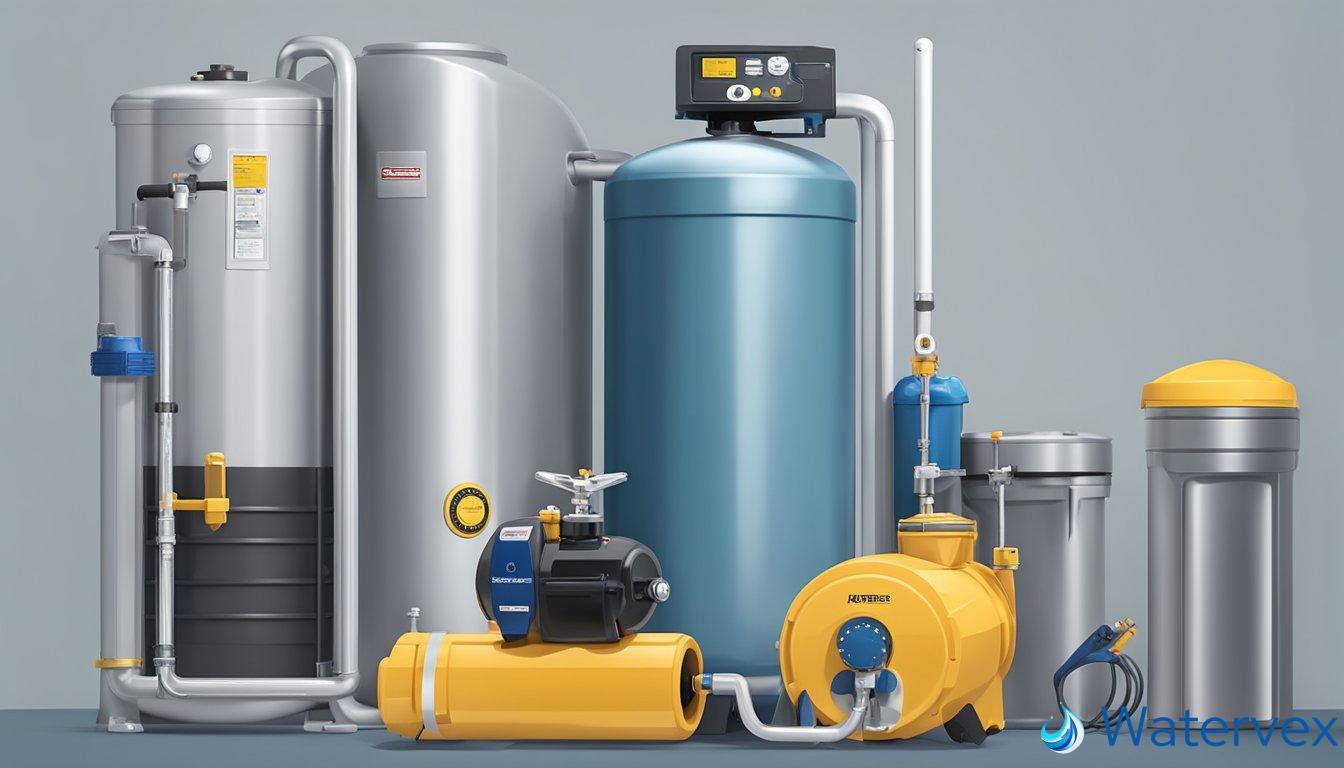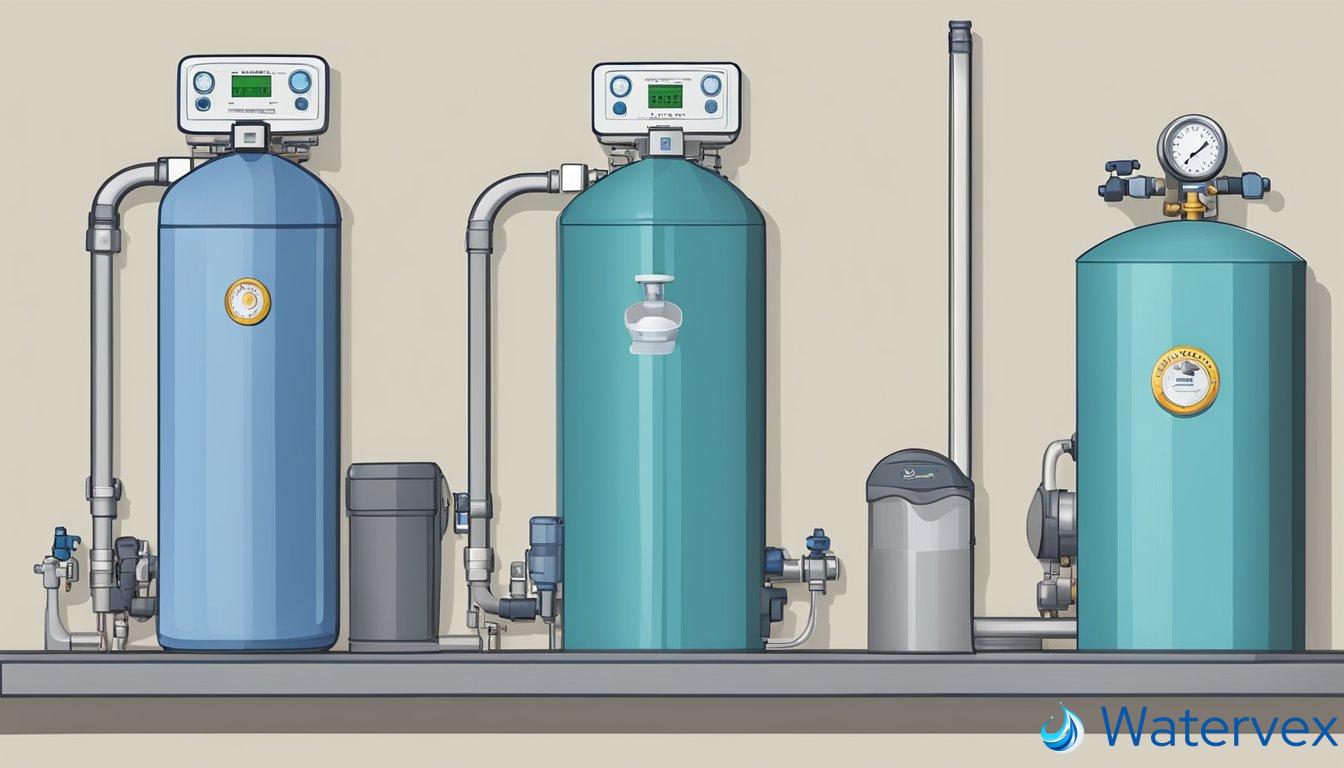When you invest in a water softener, understanding its depreciation life is crucial. Much like other assets in your home, water softeners degrade in value over time due to wear and tear. Knowing the lifespan and associated financial implications not only guides you during purchase but also informs your maintenance schedule to extend the unit’s efficient functioning. Given that water softeners play a pivotal role in treating hard water by removing minerals such as calcium and magnesium, ensuring they operate effectively for as long as possible is key to safeguarding your appliances and improving water taste and safety.

Maintenance is a critical factor in prolonging a water softener’s life. Regular check-ups and timely repairs can help you avoid the costs associated with early replacement. The expenses incurred for the upkeep can ultimately influence the depreciation schedule, making the understanding of a water softener’s life expectancy more than just about numbers—it’s about proactive water treatment management. By grasping the nuances of depreciation and service life, you equip yourself to make informed financial decisions, balancing initial costs against long-term benefits.
Key Takeaways
- Understanding depreciation life assists in water softener purchase and maintenance planning.
- Regular water softener maintenance can extend lifespan and ensure consistent water quality.
- Knowledge of lifespan impacts financial planning regarding water treatment in the home.
Depreciation of Water Softeners

When you purchase a water softener, you’re investing in the longevity and efficiency of your home’s water quality. It’s important to understand how that investment can depreciate over time and the effect it has on your taxes.
Understanding Depreciation Life and Regulations
Depreciation is the process of allocating the cost of tangible property over the useful life of the item. For water softeners, this is relevant because it affects the taxable income of individuals who have water softeners that qualify as equipment or personal property used in a business or rental property setting. The IRS Publication 946 provides guidance on the depreciation methods available, such as MACRS (Modified Accelerated Cost Recovery System), which is the most common depreciation method used, allowing for quicker recovery of costs through accelerated depreciation.
- Straight-line Method: Divides the cost evenly across the useful life.
- Accelerated Depreciation: Allows for greater depreciation in the early years.
- Section 179: Offers the option to deduct the full cost of the equipment in a single tax year, subject to limitations.
Understanding depreciation comes with knowing that different types of property have different depreciation rate schedules and class lives. For residential rental property, the MACRS system assigns a recovery period of 27.5 years, while nonresidential real property spans a 39-year recovery period. The classification of your water softener as qualified real property will be crucial in determining the correct method and recovery period for depreciation.
Tax Implications and Deductions
For tax purposes, when you depreciate a water softener, it reduces your cost basis in the asset, which in turn lowers your taxable income through deductions. Properly navigating the deductions can lead to tax benefits under the Tax Cuts and Jobs Act (TCJA). The TCJA introduces potential changes in depreciation, particularly for qualified improvement property and offers bonus depreciation that can amount to 100% of the cost in the first year for certain qualifying assets.
- Bonus Depreciation: Immediate deduction of a percentage of the purchase price.
- Section 179: Maximum deduction of $1,080,000 for qualifying equipment (subject to phase-outs).
For homeowners, adding the cost of a water softener to your home’s basis becomes important only when the property is converted to a rental property. In this case, the cost is recovered over time through depreciation. It’s key to maintain records of purchase and installation as they will be used to calculate the Actual Cash Value (ACV) or depreciated value for your water softener. Depending on whether the water softener is seen as an improvement or a repair, it may allow different deduction amounts.
Remember, the financial aspects of home improvements like water softeners are not just about immediate effects but also how they play into the long-term fiscal health of your household budget and overall taxable income. Your water softener isn’t just refining water, but it’s also being factored into your home’s financial ecosystem, and understanding its depreciation can contribute to optimizing your tax deductions.
Maximizing the Service Life of Water Softeners

To ensure your water softener maintains its functional integrity and extends its useful life, you’ll need to adhere to a strict regimen of maintenance and understand the pivotal moments when a replacement is due.
Maintenance and Repair Strategies
Regular maintenance is imperative for the longevity of your water softener. You should:
- Check salt levels monthly to ensure efficient function.
- Clean the brine tank annually to prevent salt bridges and sediment build-up, which could hinder the softening process.
As for repairs, be attentive to any shifts in the performance of your appliance—changes in water quality or unusual sounds from the machinery can be tell-tale signs. Promptly repairing elements like the resin tank or control valves could avert more costly damage in the future.
Replacement and Disposal Considerations
A water softener’s life expectancy generally ranges between 10-20 years, with variations based on frequency of use and maintenance. To decide whether to replace or repair:
- Consider replacing appliances approaching the end of their expectancy, especially if repairs become frequent or costly.
- Advanced signs of wear or consistent malfunctions suggest it’s time to dispose of the old unit and invest in a new, more efficient model.
When disposing of an old water softener, check with local authorities on appropriate disposal methods to ensure environmental safety.
Financial Considerations

When you invest in a water softener for your property, it’s not just an upgrade for water quality—it’s a financial move that can impact your taxes. Understanding how to maximize the tax benefits associated with depreciation can lead to significant savings on your taxable income.
Assessing Costs and Tax Benefits
Initial Investment: The purchase price of your water softener is a capital expenditure, which sets the stage for tax deductions through depreciation. You can begin to deduct the cost once the softener is placed in service in your trade or business or rental property.
- Tax Deductions: By depreciating the water softener, you reduce your net income, which in turn decreases your tax liability.
- Recovery Period: Typically, a water softener is considered tangible personal property and falls under a 5-year recovery period using the straight-line depreciation method.
- Tax Benefits: Depreciation can yield a smaller taxable income each year, enhancing your finances over the recovery period.
Example: If your water softener cost $1,000, you’d claim $200 per year for 5 years under the straight-line method.
Navigating Depreciation Methods and Rates
Depreciation Rate: It’s crucial to determine the correct depreciation rate, as it affects the amount you can deduct annually. The straight-line method evenly spreads the cost across the recovery period, while the accelerated method and special depreciation allowance may offer more significant deductions earlier.
- Methods: Choose between the straight-line or accelerated method based on your financial goals.
- Half-Year Convention: For a water softener, which is likely not listed property, the half-year convention often applies, assuming the appliance is in service for half the tax year.
- Limits and Qualifying Property: Be aware of the dollar limits for the special depreciation allowance and ensure your water softener meets the definition of qualifying property.
Detailed Insight: If opting for an accelerated method, the Actual Cash Value (ACV) and the Replacement Cash Value (RCV) are pivotal in calculating your yearly depreciation deduction.

